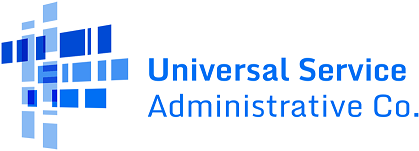FAQs
For responses to frequently asked questions about the Schools and Libraries Cybersecurity Pilot Program, please visit the FCC’s Cybersecurity Pilot Program FAQs.
For responses to frequently asked questions about the Schools and Libraries Cybersecurity Pilot Program, please visit the FCC’s Cybersecurity Pilot Program FAQs.
